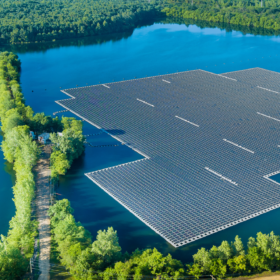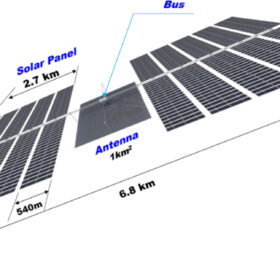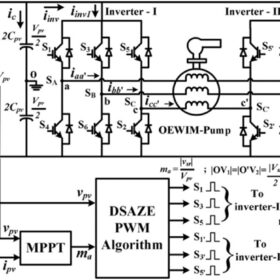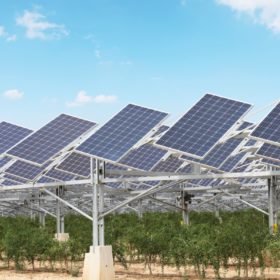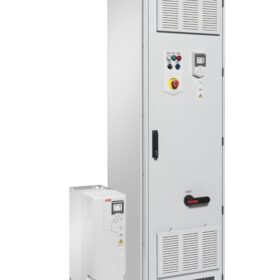Reducing photovoltaic-thermal module temperature with iron, copper oxide
An international research team has proposed using iron oxide and copper oxide to lower photovoltaic-thermal (PVT) solar module temperature. Their analysis showed that the two compounds were able to lower the panels’ operating temperature by 23.49% and 34.58% respectively.
Chemitek offers new cleaning products for floating PV
Chemitek has developed new cleaning products for floating PV arrays. The Portuguese company says it has tested and confirmed them to be safe for animals and vegetation around such systems.
Solar-assisted heat pumps vs. air-source heat pumps
A group of researchers in Iran has analyzed the coefficient of performance and the energy consumption of a solar-assisted heat pumps and an air-source heat pumps and has found that three factors are crucial to determine their annual performance – irradiance changes, ambient temperature, and wind speed.
Solar forecasting based on all sky imaging, long short-term memory
A Dutch research team have developed a solar radiation forecasting model that uses the long short-term memory (LSTM) technique. The proposed methodology reportedly achieves better results than other forecasting approaches.
South Korea plans 120 GW space solar project
Two Korean research institutes are designing the 2.2 km × 2.7 km Korean Space Solar Power Satellite project with the aim of providing approximately 1 TWh of electricity to the Earth per year. The proposed system should use 4,000 sub-solar arrays of 10 m × 270 m, made out of thin film roll-out, with a system power efficiency of 13.5%.
Photovoltaic water pumping based on open-ended winding induction
Indian scientists have designed a water-pump drive system that is powered exclusively by photovoltaics. The proposed system configuration reportedly ensures effective use of both the solar modules and the motor.
Soltec launches dual-row, single-axis tracker
Spain’s Soltec has developed a new dual-row, single-axis tracker with a tracking range of up to 60 degrees, offering compatibility with 60-cell, 72-cell and 78-cell modules.
Ensemble techniques for solar energy forecasts
A Chinese research group has sought to understand the relative performance of two weather prediction techniques based on ensemble modeling for solar energy forecasts. The scientists applied the two methods in combination with three classical post-processing methods.
Agrivoltaics for berries
Scientists in the Netherlands conducted meta-analysis on the growth of strawberries, blueberries, blackberries and blackcurrants under different levels of shade generated by elevated agrivoltaic systems. They found that, although classified as shade-benefitting in previous literature, not all berries are equally profiting from the presence of the photovoltaic panels.
ABB Motion launches new solar drive for water pumping
ABB Motion has unveiled a new solar drive for water pumping, featuring integrated maximum power point tracking (MPPT) logic to maximize operations, with an input voltage ranging from 225 V to 800 V.

